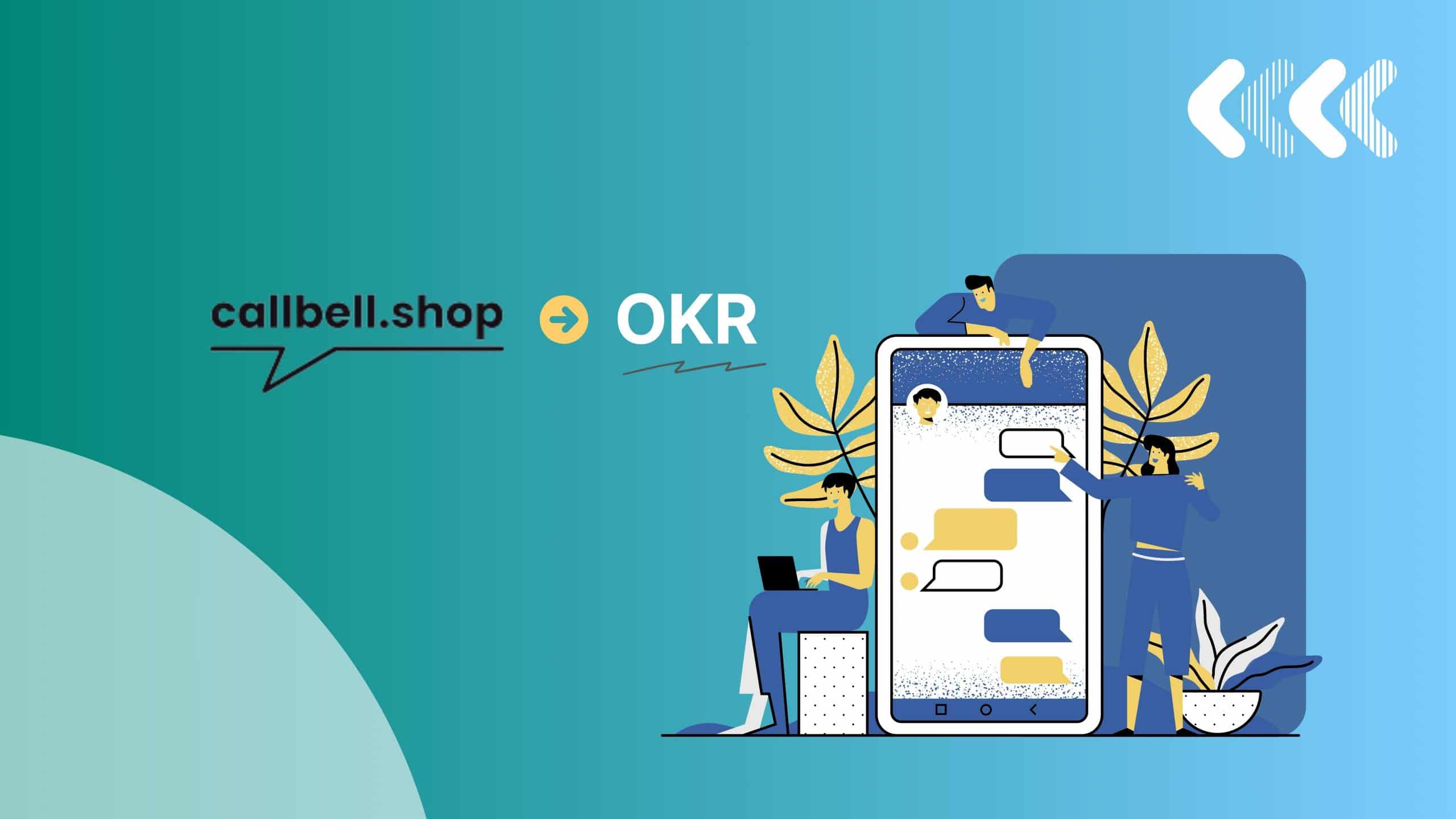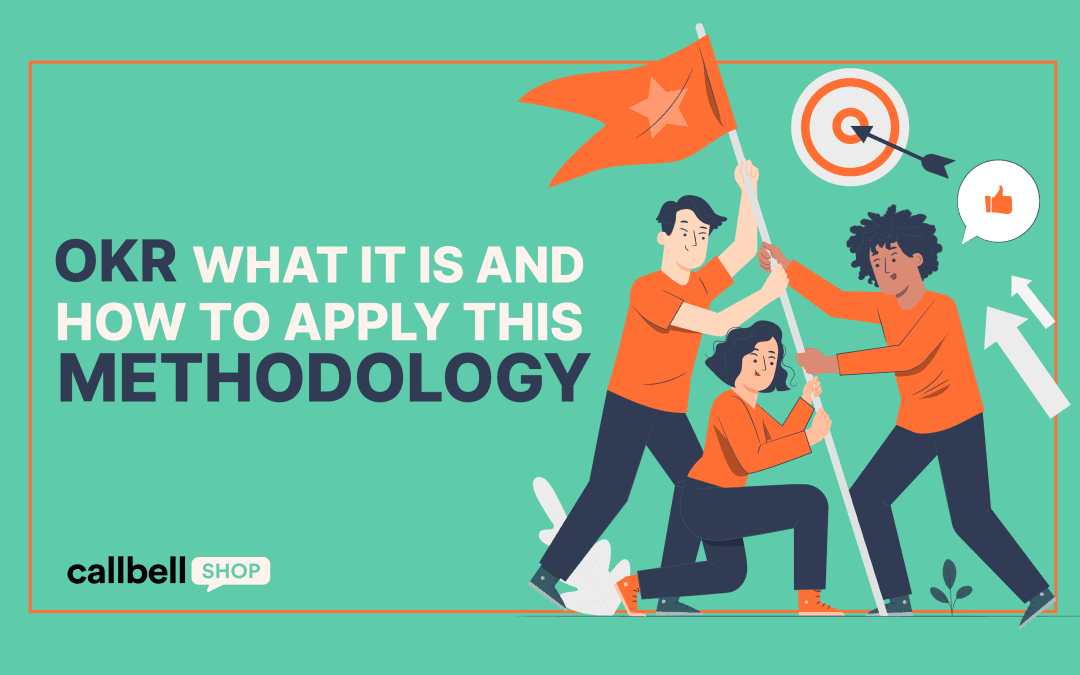Have you ever used OKRs or applied strategies within your e-commerce based on these objectives?
Companies and online shops are becoming more and more numerous and it has become necessary to allow everyone to set goals and manage to achieve them. However, this is not enough, you have to act and do your best.
Indeed, OKRs can be really useful, helping us define objectives, by dividing them into smaller, easily achievable objectives which will then lead to achieving larger ones. This is what matters, going step-by-step, objective after objective, allowing us to expand and increase our business until we achieve tangible and concrete growth.
In this article, we desire to tell you about OKRs, what they are and how they can be used to apply their methodology with examples and projects
More than mere strategies, OKRs are internal working methods that both companies and private individuals decide to use; they focus on key objectives that must be achieved in the short and long term. The basic idea is to create OKRs precisely in view of these objectives so as to develop a path full of tangible and easily achievable results.
Perhaps, reading this article, you will have wondered whether KPIs and OKPs are the exact same thing. The answer is no. In fact, if KPIs tend to focus on measuring the most essential and useful aspects of the business, OKRs are based on the objectives to be achieved.
If you want to understand these two methodologies even better, read here:
OKRs
They focus on the future. These elements, created in groups, focus on achieving objectives aimed at obtaining the much desired results.
KPIs
They focus on the present. These metrics tend to measure the effectiveness of teams and are designed by CEOs or company leaders.
Let’s imagine we want to increase the sales of a hairdressing salon. In this specific case, a KPI would be used to increase the number of customers by 15% in the first half of the year.
Conversely, an example OKR would be:
- Objective: Increase the number of customers by 15% in 6 months
- Ideal objective 1: Increase the quantity of campaigns by 10.
- Ideal objective 2: Promote a new service just created.
- Ideal objective 3: Collaborate with x companies in order to attract more customers.
Let’s take another example.
Let’s imagine we want to create a Tiktok account, by managing to acquire 50 new followers in 3 months. An example of a KPI could be: growing the Tiktok account and attracting 50 new followers.
Conversely, an example OKR would be:
- Objective: Attract 50 new followers to your Tiktok account in 3 months
- Ideal objective 1: Publish 3 posts a day from Monday to Friday.
- Ideal goal 2: Advertise on Tiktok 4 times a month.
- Ideal objective 3: Contact influencers to attract new followers.
In conclusion, as we can clearly see, a KPI tends to focus only on an objective and works to achieve it; in contrast, OKRs are a set of objectives that, together, achieve a larger goal.

OKRs have several advantages; in this article however, we have decided to describe those that for us are the most important and worthy of attention:
1) They define the objectives: OKRs allow you to define specific objectives, by managing to measure all progress continuously and precisely.
2) They promote teamwork: When you establish an OKR, everyone else works to achieve the central objective. Therefore, this also means increasing individual and collective responsibility.
3) Improve decision making: OKRs help all companies make decisions based on real and precise details.
4) They focus on true results: OKRs are a set of objectives united to achieve another, larger objective. That is why they tend to focus on these small purposes in order to allow the company to push towards the bigger one.
5) They are flexible and adapt easily: OKRs concern a highly malleable methodology, capable of adapting to all the needs displayed by a given company.
6) They present motivation and effort: Once the objectives have been clarified, commitment and motivation go hand in hand.
OKRs are fundamental for all companies, as they allow work to be carried out in an organized manner, by achieving the objectives needed. These OKRs can be used at a company, group or even individual level, allowing everyone to develop smaller objectives in order to achieve something bigger.
Using OKRs within an e-commerce is essential for the company to grow, having a clear and transparent path. This is why we at Callbell Shop always recommend using OKRs in order to increase the number of monthly customers, using Callbell Shop to improve OKRs and generate a perfect and friendly relationship with customers.

About the author: Hello! I am Alan and I am the marketing manager at Callbell, the first communication platform designed to help sales and support teams to collaborate and communicate with customers through direct messaging applications such as WhatsApp, Messenger, Telegram and Instagram Direct
